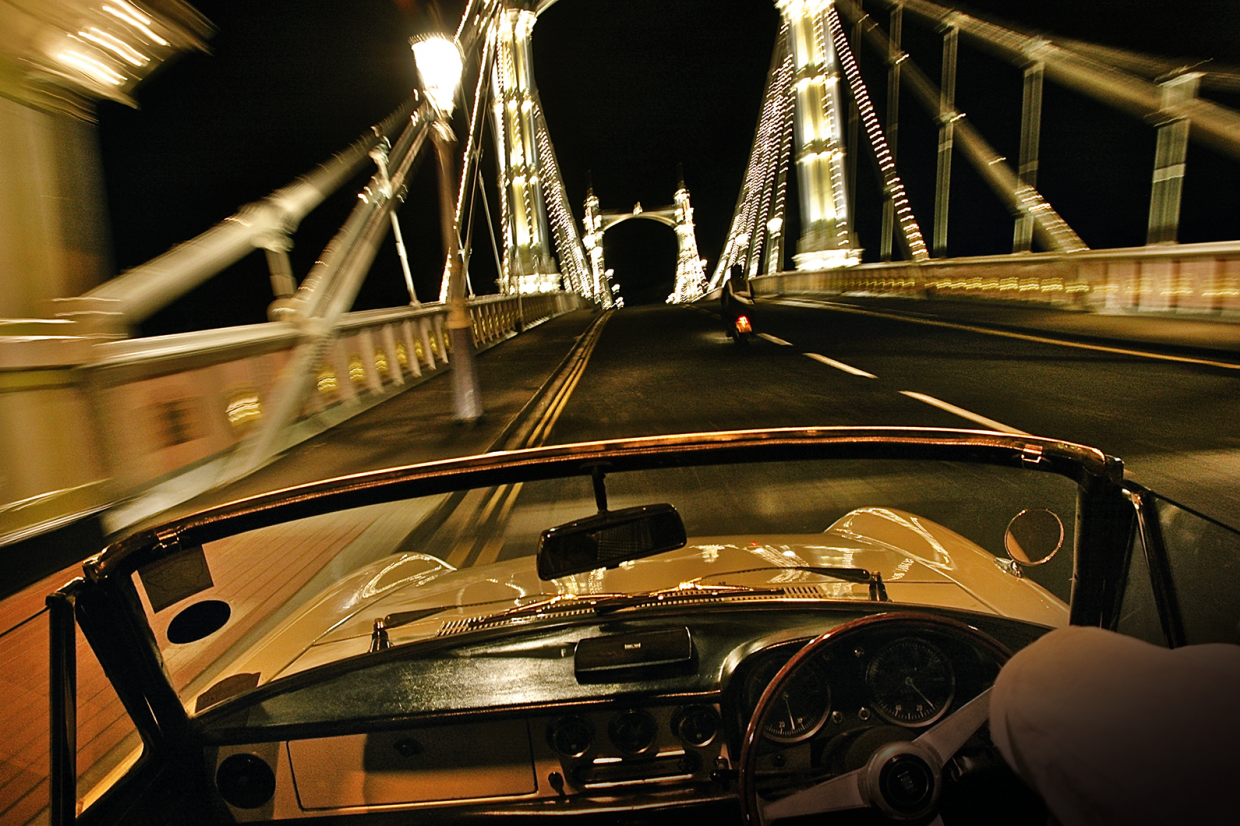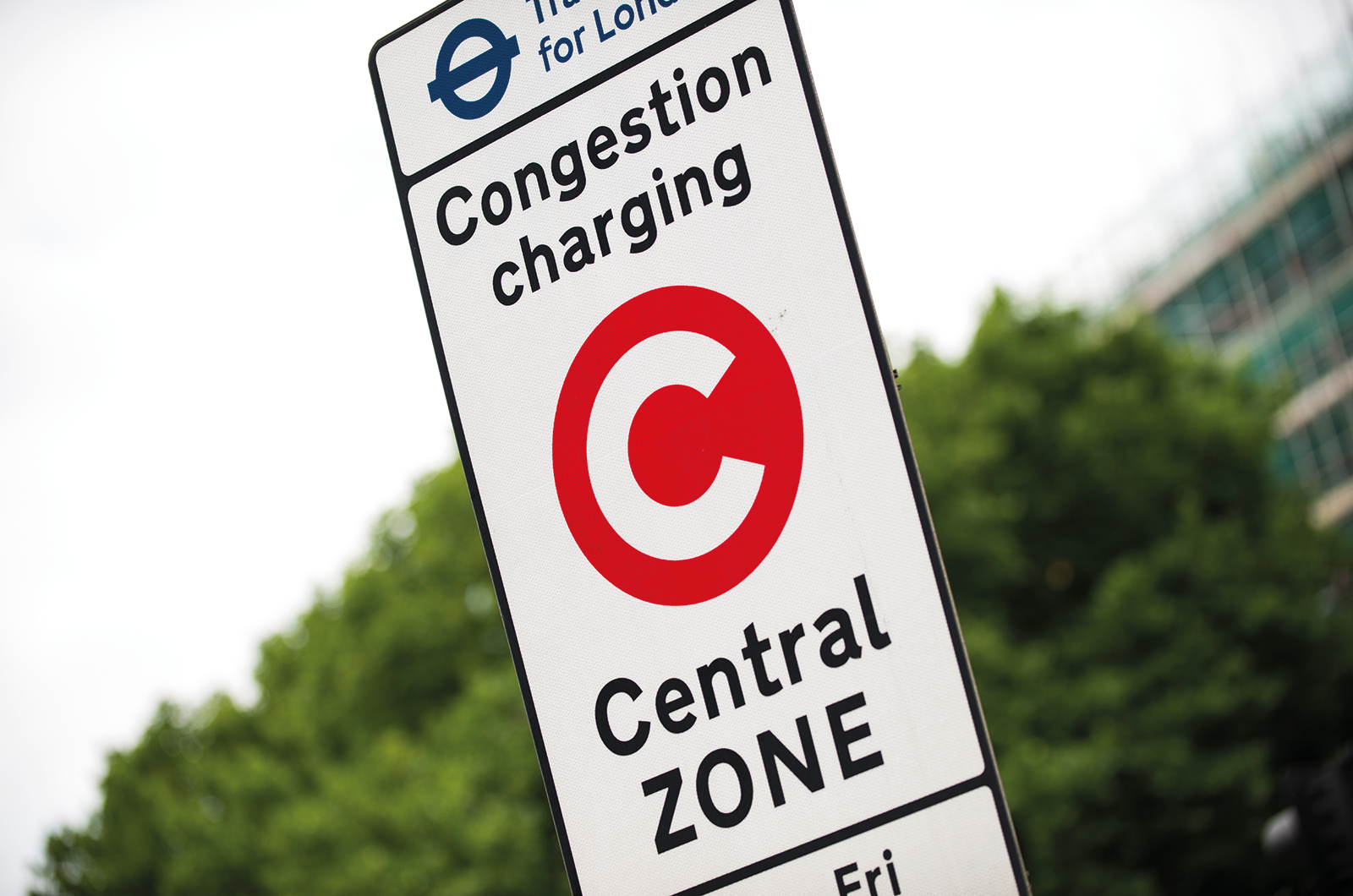
The Fédération Internationale des Véhicules Anciens (FIVA) has urged governments to preserve their historic vehicles, as countries roll out low-emission zones.
It believes more consistency is needed across Europe, labelling it a ‘patchwork of local rules causing increased consumer confusion’.
“While FIVA fully supports the move to a greener and more sustainable future,” its president Tiddo Bresters says, “forthcoming changes to mobility regulations across Europe could unintentionally threaten the use of historic vehicles on public roads. FIVA works hard to protect this ‘mobile museum’ for future generations to enjoy.”
It adds that: ‘A distinction should be made between an old (and potentially poorly maintained) means of transport and a vehicle that is “historic”.’ For FIVA, that is a car of more than 30 years old, not used as a daily driver and preserved in mechanically correct condition.

London’s Ultra Low Emission Zone (ULEZ) does not exempt cars that are 30 years old but 40; when it rolls out to cover the North and South Circulars in October, it risks creating a black hole of 1980s and ’90s cars in the capital.

